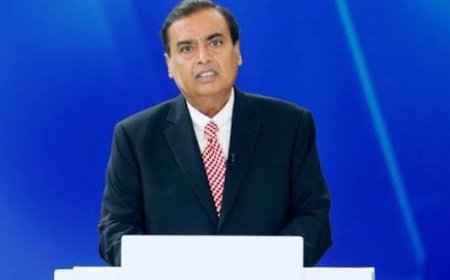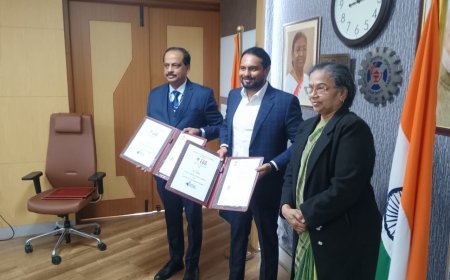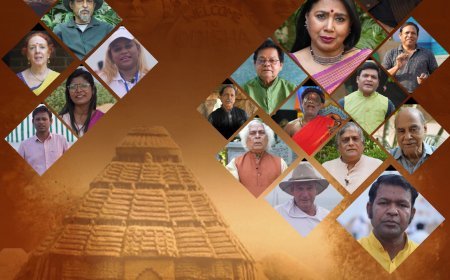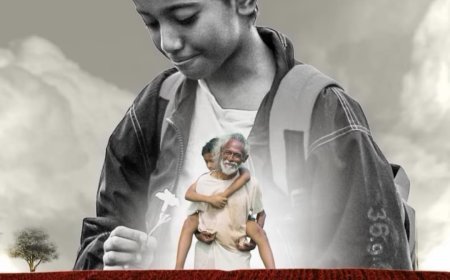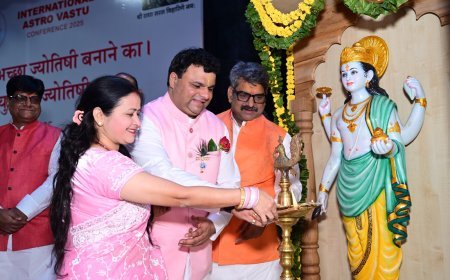The Right Dose of Medicine for India’s Growth

A Filipino proverb states, “To a dog, a bone has more value than a pearl.” The essence of this wisdom lies in understanding priorities—providing what is truly needed rather than what is superficially attractive. In the context of India's development, this principle becomes crucial. As a developing mixed economy, India faces numerous challenges, including low per capita income, high population growth, reliance on agriculture, and deep-seated income inequality. Amid these challenges, the nation must choose wisely between what is essential and what is merely symbolic.
India stands at a crossroads: Should we focus on constructing temples, or should we prioritize educational institutions and hospitals? Should we endlessly dissect history, or should we march forward with a vision for the future? Should we divide people along religious lines, or should we foster harmony? Should we cater to a few industrialists, or should we focus on alleviating poverty? Should we sow division, or should we strengthen solidarity? Should we indulge in blame games, or should we take responsibility for progress?
Education and Healthcare: Pillars of Progress
The soul of a nation lies in its people, and for people to thrive, education and healthcare are non-negotiable. While temples, mosques, churches, and other places of worship hold cultural and spiritual significance, they cannot replace the fundamental need for schools, colleges, and hospitals. Education empowers individuals, fosters innovation, and propels economic growth. Healthcare ensures a productive population, reducing the economic burden of disease and improving overall well-being.
Countries that have prioritized education and healthcare—such as Japan, Germany, and South Korea—have witnessed remarkable progress. Their success stories highlight how a nation can rise from the ashes of war and economic despair to global prominence through human capital development. India must learn from these examples rather than being trapped in the politics of symbolism.
Looking Ahead, Not Behind
A nation obsessed with its past cannot move forward. While history has lessons to offer, it should not become an anchor that prevents progress. Endless debates about historical grievances, ideological clashes, and revisionist narratives only create friction. Instead, India must channel its energy into innovation, scientific advancements, infrastructure development, and digital transformation.
The world is changing rapidly, with artificial intelligence, renewable energy, and biotechnology shaping the future. If India continues to focus on historical disputes instead of preparing its youth for the future, it risks being left behind in the global race for economic and technological supremacy.
Unity Over Division
The idea of India is built on diversity. Religious, linguistic, and cultural differences should be celebrated as strengths, not exploited for political gains. The division of people along religious lines has never led to prosperity; it has only resulted in violence, distrust, and stagnation. The true essence of Indian civilization lies in its ability to embrace pluralism.
Countries that have prioritized national unity over sectarianism have flourished. Singapore, despite its ethnic diversity, has maintained a harmonious society through strict laws and inclusive policies. India must adopt a similar approach, ensuring that religion is not used as a tool for polarization.
Economic Justice Over Crony Capitalism
Economic growth must be inclusive. While industrialists play a crucial role in driving investment and innovation, excessive favoritism towards a few at the cost of the masses creates resentment and economic imbalance. Policies should focus on reducing poverty, generating employment, and ensuring fair opportunities for all.
Land reforms, support for small businesses, and investment in rural development are critical. The success of a nation is not measured by the wealth of a few billionaires but by the well-being of its poorest citizens. A strong middle class and an empowered lower class create a stable and resilient economy.
Responsibility Over Blame
Blaming past governments, historical invasions, or colonial rule for current problems is a futile exercise. While acknowledging past mistakes is necessary, dwelling on them without corrective action leads nowhere. Every citizen, policymaker, and leader must take responsibility for the present and the future. Solutions, not complaints, should drive the national discourse.
Conclusion
India’s path to greatness lies in making the right choices. Prioritizing education and healthcare over religious structures, unity over division, economic justice over cronyism, and responsibility over blame will define the country’s future. The proverb about the bone and the pearl reminds us that the right medicine must be chosen after proper diagnosis. If India truly aspires to be a global leader, it must focus on substance over spectacle, progress over populism, and collective well-being over narrow interests.
Sanjay Pattnayak
Sundargarh






